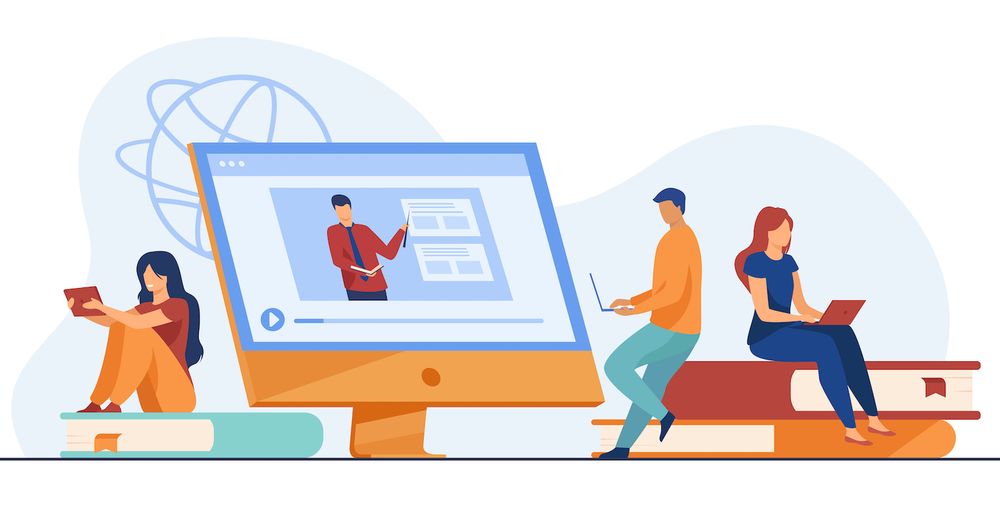Tips to have better pricing Discussions
In price negotiations What can you do to convince someone that the price you offer is correct?
A few would suggest telling them what you think your product does better over the competition...
Unfortunately, that can only take you up to a point.
There are two methods that can help you improve the quality of your price calls in a B2B SaaS environment that has each of Sales Development Representatives (SDR) as well as Account Executives (AE) are involved in the sales cycle. Let's get to it...
Value Coaching
Pricing negotiations are bound to fail if there is an inordinate amount of difference between the things you and your potential customers view as value. It's tempting (and in fact, more flexible) to rehash the corporate values and talk points, it's more likely to cause a disconnect between your and your prospective customer. Sometimes it's simply semantics but it's important to know your potential customer's needs. You can then define your service or product around what's valuable to their business.
This process is what I call the value of coaching. It's an elusive concept that begins with understanding and listening rather than doing all the talking. There are two methods to begin understanding what your potential customers think of as valuable:
1) A successful discovery process that is accompanied by a continuous dialogue.
Try asking your prospect these questions:
- The sales staff you spoke to employs (TOOL X). What part of that solution do you use the most with your team? How are you addressing this problem today? Are you using any tools and are you responsible to it?
Check out this quote from Scott Sambucci, Founder of SalesQualia:
"Price is a measure of perceptions of value by customers. If customers aren't satisfied with price, they're telling you that you've not yet communicated the perception of value that's needed to justify your expenditure ."
Sales reps often don't understand the stack of their prospects and often quote too early. Asking these probing questions about what the prospects' perception of the worth of their present product will allow you to discover how your product fits within it, and present that value to them.
Before you enter pricing, make sure you identify the similar tools that they use. Then you can shift your discovery around what value those tools bring to their users and then address the space between.
For example, your prospect may view value as the amount of time they spend using a product. Their team may say that they use HubSpot for five hours a day, making it a great business investment.
If your product isn't one which requires users to spend all day within it You must explain the user why your product has benefits even though they may not have to use it continuously.
If you decide to make your pricing too soon, you risk them balking at the price. Find out what they value, and find a way to empathize with the business's challenges and ways they may perceive the value (in another way, warming them up a bit). The best answers in sales are either yes or no. If there is too much daylight between perceptions of worth, it's in both yours and the prospects best interests to withdraw from the sale before committing more resources.
2.) Make use of tools that can give you insights into the way your audience interacts with your site.
It is difficult to make a good discovery as most prospects are eagerly looking to view a demonstration or reach a cost point. There are tools and techniques you can use to get a better understanding of what appeals to those who are interested.
- Uberflip: create personalized content experiences for your prospects. Their analytics tool provides an insight into what information your visitors are interested in.
The two methods listed above will help you coach your prospects about value, rather than guessing that they are looking for and then selling the wrong solution.
Single Option Alternative
Another tip to make efficient calling calls to pricing is to leverage the psychological concept of the single-option-aversion.
Behavioural researcher Daniel Mochon posits that consumers are more likely to purchase when presented with several options. He conducted an experiment where consumers were presented with two different brands of players for DVD. 32 percent indicated they would buy the first brand and 34 percent picked the second. However, when participants were shown just one DVD player, just 9percent (or 10% (depending on which brand they saw) indicated they'd buy the item. That's an 66% increase in sales by simple adding another choice for buyers.
Even though it is selling B2B SaaS however, the human brain approaches almost every purchase decision this way.
This effect only increases with B2B SaaS settings.
We researched the leading SaaS companies and found that over 65% had a consumer-facing multi-tiered pricing page with a contact-us/enterprise tier without a price.
Most companies will ensure that people who fill out the "contact us' page, their details are passed on to an SDR for discovery and then to an AE to conduct a more thorough exploration, demonstration, and pricing. Prospects love auto-service solutions as they have the ability the chance to select a service that meets their preferences as well as quickly buy and install the software.
When they first see the pricing section on your site, to your price proposal, customers are empowered with choice and choices. At the conclusion of the process, they are given only one option and a cost to purchase the service.
I'd suggest replicating the self-service purchase experience for prospective customers while keeping the price hidden. This way you can frame your conversation as "These are a few different packages that suit our various customers, is there a particular tier or set of features/functionalities that resonates with your needs?"
From there you can leverage the power of 's pricing guides to narrow in on the exact solution your customer is seeking.
Once you have identified where the interests lie through the initial discussion, you are able to create and cost out 3 custom levels to meet their requirements. These come with the benefit of higher-level knowledge as well as the scientific principles of single-option aversion.
Interactive Quotes allows you to craft an entirely custom-designed guideline for every new customer to ensure they're provided with a wide range of options when it comes to prices and other features.

Additionally, you can incorporate Drift right into your pricing guides. Prospects can also ask questions in the pricing guide, instead of needing to write you an email and lengthening the process. It allows you to change the pricing guide in a flash and brings your further away from closing your deal.
Closing up
The process of pricing calls can be challenging and awkward. In order to build trust with potential customers increase the speed of your sales cycle, and make more efficient pricing calls
- Reframe your discovery process by value coaching rather than taking your prospect's perceptions as value
- Utilize single-option aversions and self-service pricing methodologies to benefit your business

